The life cycle of a butterfly is one of nature’s most captivating transformations, often featured in documentaries and wildlife photography. While the stage most people associate with butterflies is the metamorphosis process, their journey from egg to adult involves four distinct and fascinating stages, each with its own unique characteristics and behaviors.
Different butterfly species have life cycles of varying lengths — some last for many months, while others are surprisingly short-lived, such as species that survive for only a single day, like certain members of the Ephemeroptera order.
In this article, you’ll learn the four main stages of a butterfly’s life, discover interesting facts about each, and see how this complete metamorphosis helps them thrive in nature.
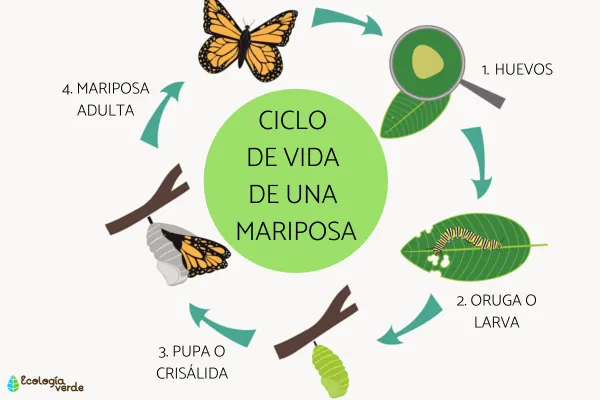
Butterflies undergo a complete metamorphosis, passing through these stages in order:
Egg Stage
Larva (Caterpillar) Stage
Pupa (Chrysalis) Stage
Adult (Butterfly) Stage
In each stage, the butterfly’s body structure, feeding habits, and behavior change dramatically.
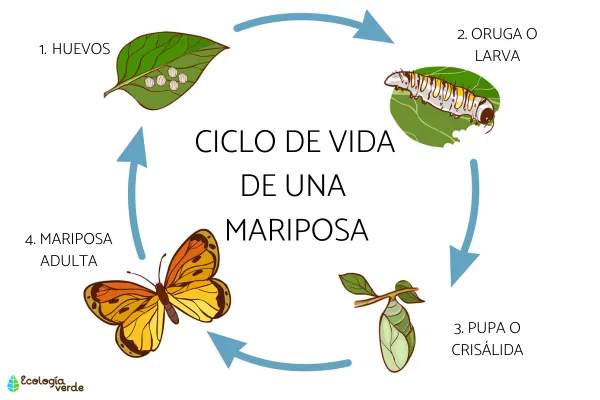
Like other oviparous animals, butterflies lay fertilized eggs from which new individuals will hatch.
Location: Eggs are usually laid on the undersides of leaves or hidden among plant stems to protect them from predators and harsh weather.
Purpose: The egg contains nutrients to feed the developing larva.
Hatching: Once development is complete, the caterpillar emerges, often consuming its eggshell, which is rich in protein.
Reproduction: A single female can lay hundreds of eggs during her lifetime, although only a small number survive to adulthood.
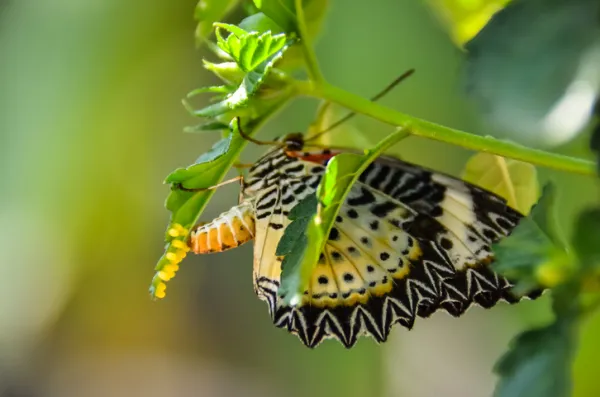
Once hatched, the butterfly enters its caterpillar stage. This is the most active feeding period of its life.
Diet: Primarily leaves, flowers, and plant shoots, depending on the species.
Growth: Caterpillars grow rapidly, increasing in size many times over.
Molting: They shed their skin 4–5 times to accommodate growth.
Special Behavior: Before the final molt, the caterpillar creates a silk pad and hangs upside down in a characteristic “J” shape, signaling it’s ready to enter the pupal stage.
Famous examples include the silkworm (Bombyx mori) and the cabbage white butterfly (Pieris brassicae) larvae, both of which are common sights in spring fields and gardens.

After the final molt, the caterpillar becomes a pupa (or chrysalis).
Appearance: The pupa is encased in a protective shell and appears dormant.
Internal Change: Although motionless, inside the chrysalis the caterpillar’s body is breaking down and reorganizing into the adult butterfly’s structures — wings, antennae, eyes, and reproductive organs.
Timeframe: Duration varies by species. For example, the famous monarch butterfly (Danaus plexippus) remains in its chrysalis for about a week.
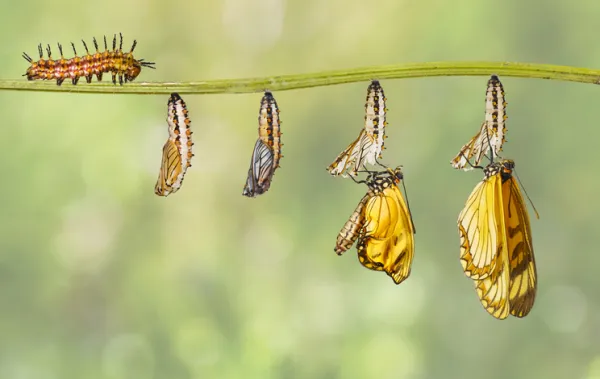
When metamorphosis is complete, the butterfly emerges from the chrysalis.
Wing Development: Newly emerged butterflies have soft, crumpled wings. They must pump hemolymph (insect blood) through their wing veins to expand and strengthen them before flying.
Feeding: Adults feed mainly on nectar using a long, coiled proboscis (their specialized feeding tube).
Life Purpose: The adult stage focuses on reproduction. After mating, females lay eggs, continuing the cycle.
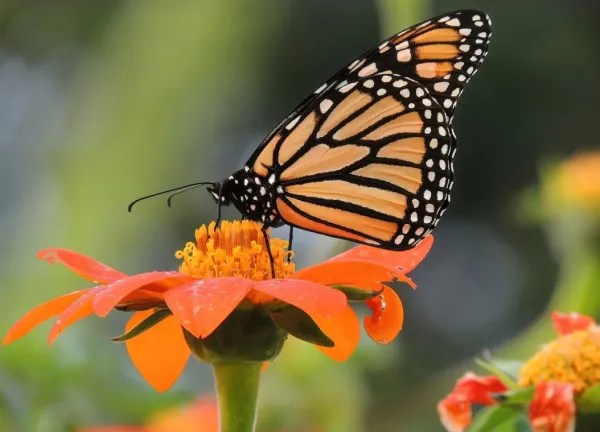
Pollination: Butterflies are important pollinators for many flowering plants.
Lifespan: Depending on the species, adult butterflies may live from a few days to several months.
Migration: Monarch butterflies undertake one of the most remarkable migrations in the animal kingdom, traveling thousands of miles.
Bibliography
Arroyo, M. & Viñuela, E. (1991) Introduction to Entomology. Ediciones Mundi-Prensa, pp. 13–129.
animal tags: Butterfly
We created this article in conjunction with AI technology, then made sure it was fact-checked and edited by a Animals Top editor.